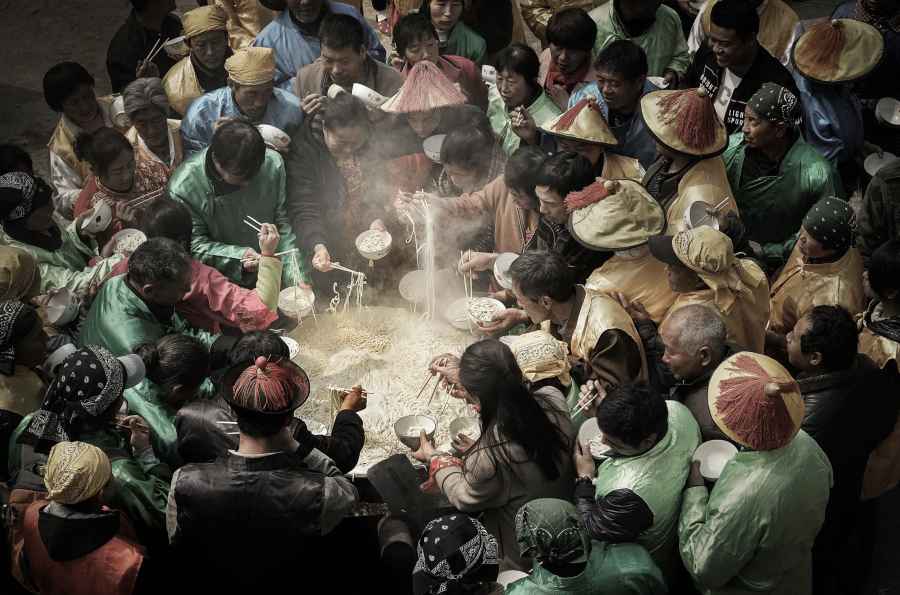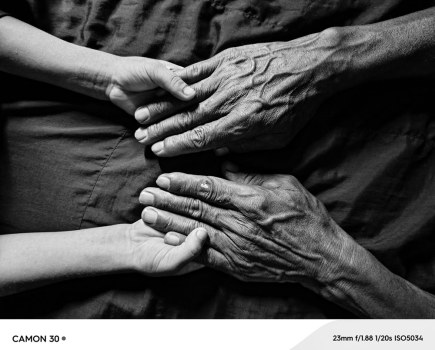The results of the prestigious Pink Lady Food Photographer of the Year competition have been announced and what a sumptuous feast for the eyes it is. The competition has been running since 2011 and to date has received almost 50,000 images from over 60 countries. The prize pool is worth more than £20,000, and finalists benefit from huge amounts of coverage. The 23 categories offer a diverse range of imagery, from food production and stunning still-life plates of food good enough to eat to celebrations, food in its natural settings, and humanitarian and cultural studies.
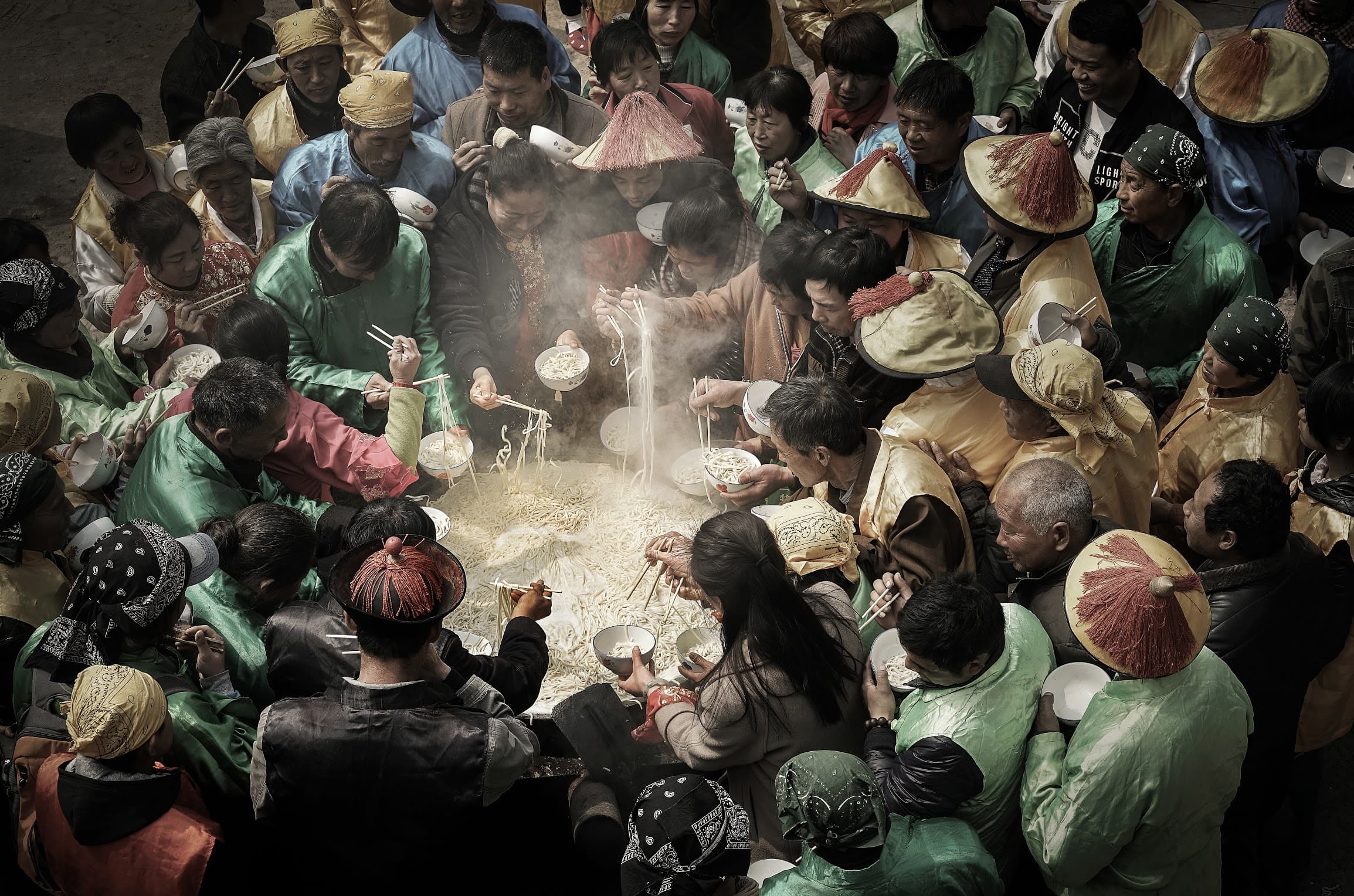
Jianhui Liao, China: Food for Celebration sponsored by Champagne Taittinger category winner and overall winter, Food Photographer of the Year 2019.
In Shexian County, Hebei Province, China, every year from the first to eighteenth day of the lunar calendar, villagers wear Qing Dynasty costumes to sacrifice Nvwa’s birthday and eat big pot noodles at the village committee at noon.
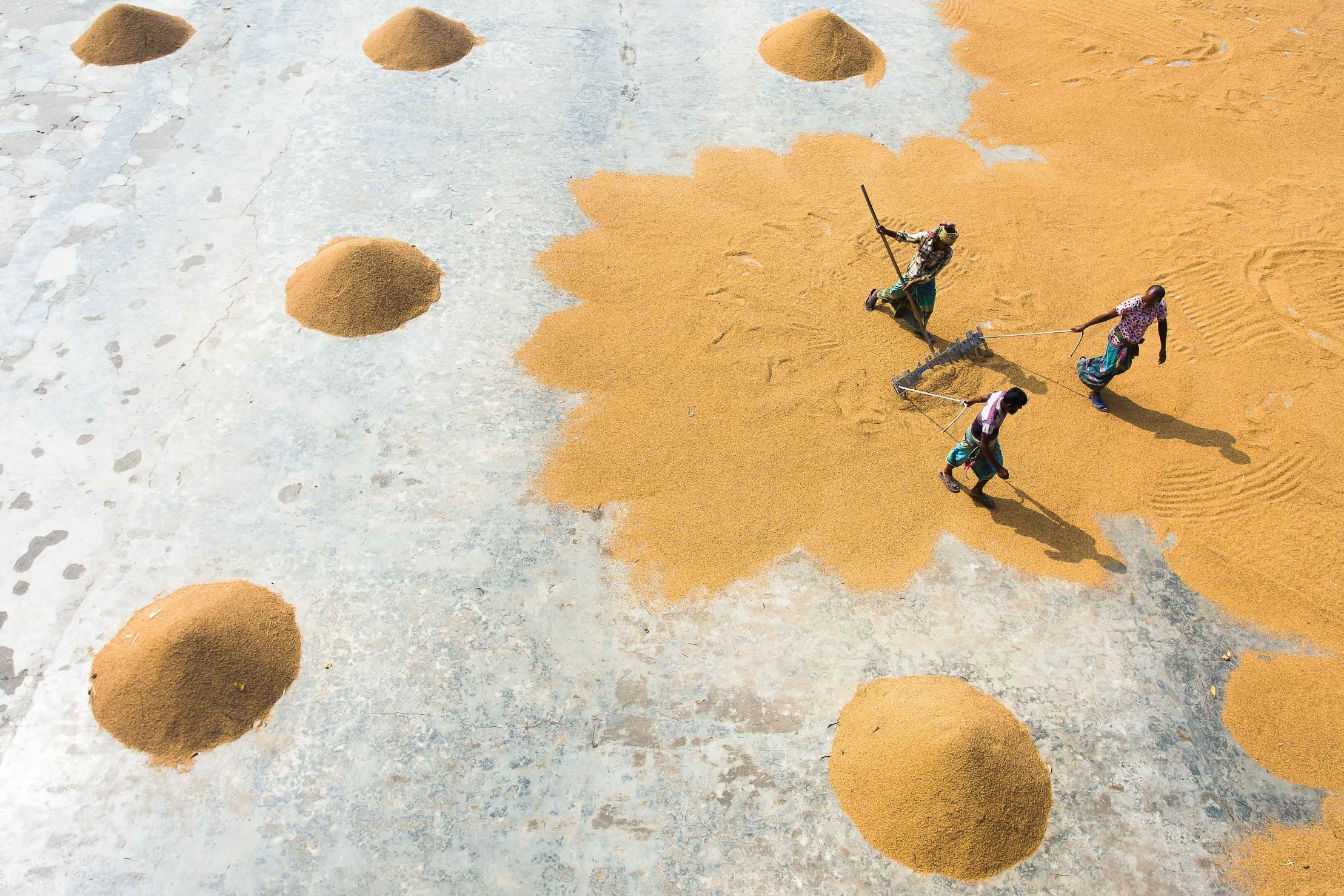
Kazi Mushfiq, Bangladesh: Bring Home the Harvest category winner
The image was taken at the Rice mill located on the outskirts of Dhaka city in 2016. I visited the rice mill as part of a documentary project I was working on to show the process of Rice production. This image depicts the farmers hard at work harvesting the rice, which is like gold to them. I wanted to capture the farmers working as well their surrounding, while ensuring a creative composition. These are all things to consider when finding the perfect viewpoint and angle to shoot from, as well as bearing in mind what lenses you have to choose from. See www.kazimushfiq.com
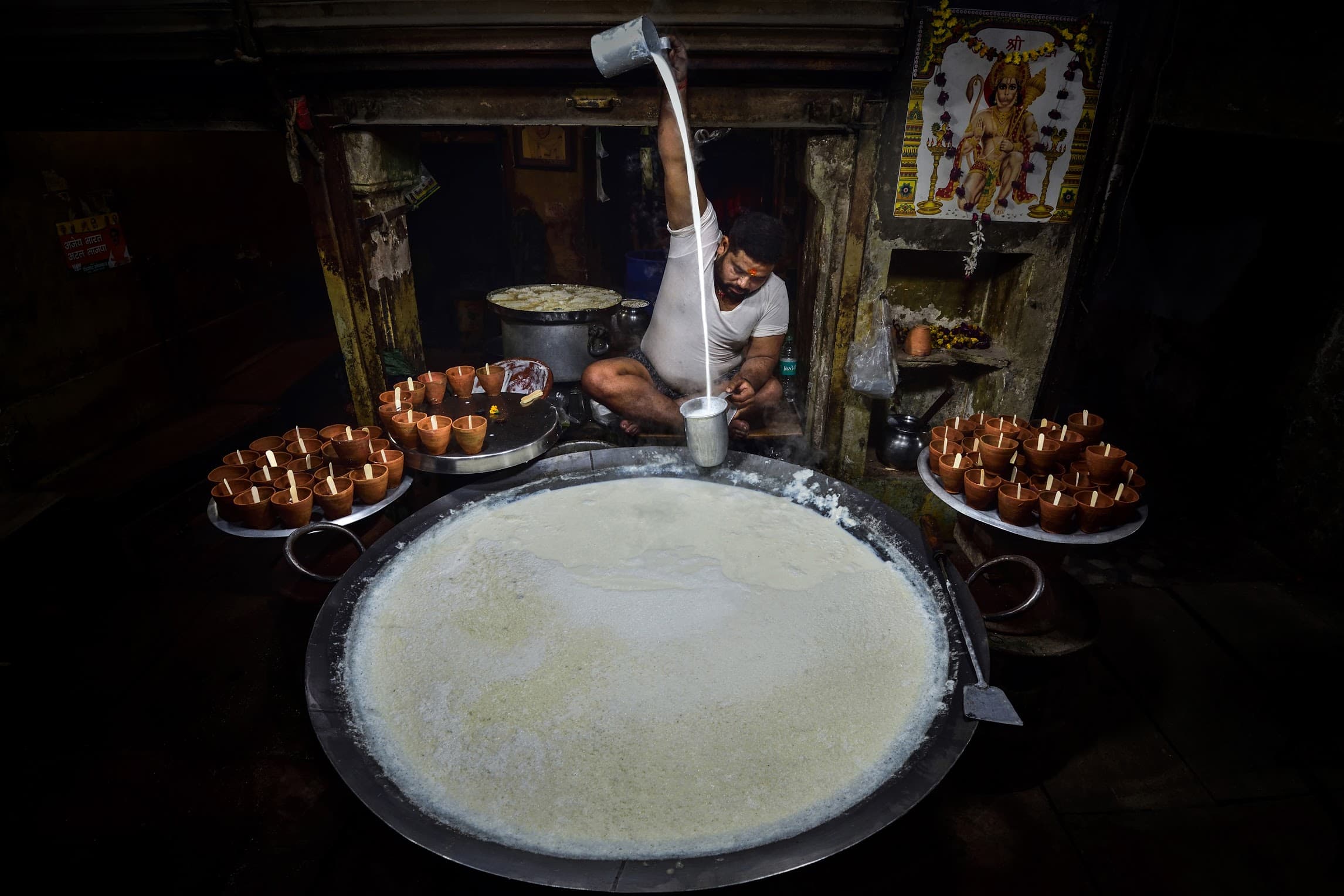
Debdatta Chakraborty, India: Street Food category winner
Rishu Kesarwale has his shack in one of the busiest streets of Allahabad city. Here he sells warm milk, yogurt, cottage cheese and, of course, masala chai – India’s most popular drink. He has inherited his shop from his father and is very proud that in these days of food adulteration, he is still serving his clientele with pure milk, which is considered a great health food by the Indians, particularly so during the winter months. Ambient light creates a far more interesting and realistic impression of a scene, so I tend to favour this and recommend working with the available light you are given.If you’re working in low light conditions a lot, a full frame sensor is a must as it handles reduced lighting conditions much better that its cropped counterpart. See www.facebook.com/debdatta.chakraborty.3

Giles Christopher, UK: InterContinental Food at the Table category winner
This image was for Harry Ramsden restaurants. I was shooting in a location with no natural daylight and after going through the photo brief with the client, we went for a lighting set up to create a cool masters look. With the addition of rustic props and textures – the image came together to complement the campaign for Autumn/Winter. Generally, when photographing a plate of food, it’s best to shooting it from a customer’s perspective, and selecting a focus that gently falls off, drawing your eye to the focal point – the food. Also, it is so important not to over-light a set up. Simulating or controlling a natural light source and adding reflectors, is usually your best starting point. Side lighting or backlighting works best for food as it brings textures and colours. See www.mediawisdom.co.uk

Matt Wilson, Chile: On the Phone category winner
This photograph is of one of my sons cutting rosemary from our garden. He is wearing his Barcelona football shirt and my wife´s Colombian hat. I saw the image and only had my iPhone on me at the time, so I captured this shot before he moved. My first tip is to understand the food you are shooting. Study its colour, texture and shape to decide how to approach it. Do some research, even if its just looking at 30 photos on Instagram, as you will quickly get an idea of what works and what does not. I always try to shoot with natural light. Strong and contrasted light rarely works in my opinion. Where a portrait should show the eyes with the brightest light, the main ingredient should have the brightest light, so I use reflectors to bounce some extra light when required. See www.mattwilson.cl

Michael Hedge, UK: Fujifilm Award for Innovation category winner
The image ‘Broken Egg’ is part of a series of images that I photographed for an article in the RSA magazine illustrating the delicate relationship between food, farming and the countryside. With general food photography, it’s so important to be ready to take the picture, the minute the food is served, rather than faffing about with lighting, so keep it simple. This particular image was taken with a single light going through a diffusion screen, with a reflector for a bit of fill on the right. The image was photographed in my studio on a phase one IQ250 digital back, and shot directly to computer. Shooting tethered makes it so much easier to compose and reflect on an image as you’re creating it. It can also turn the creative process into a much more collaborative one, as in this case, the stylist Kerry Hughes, was invaluable in the creation of this image. See more at www.michaelhedge.co.uk

